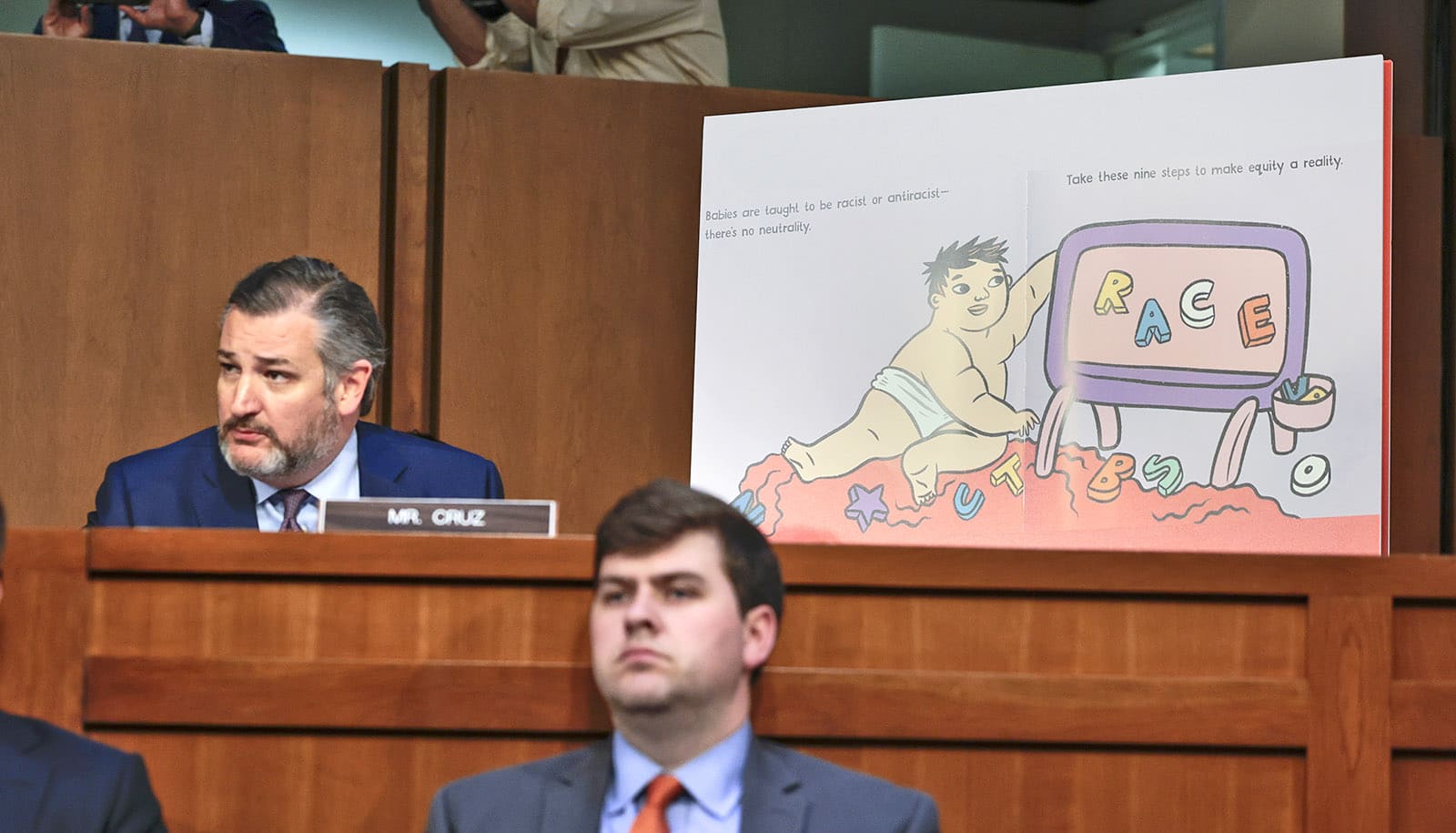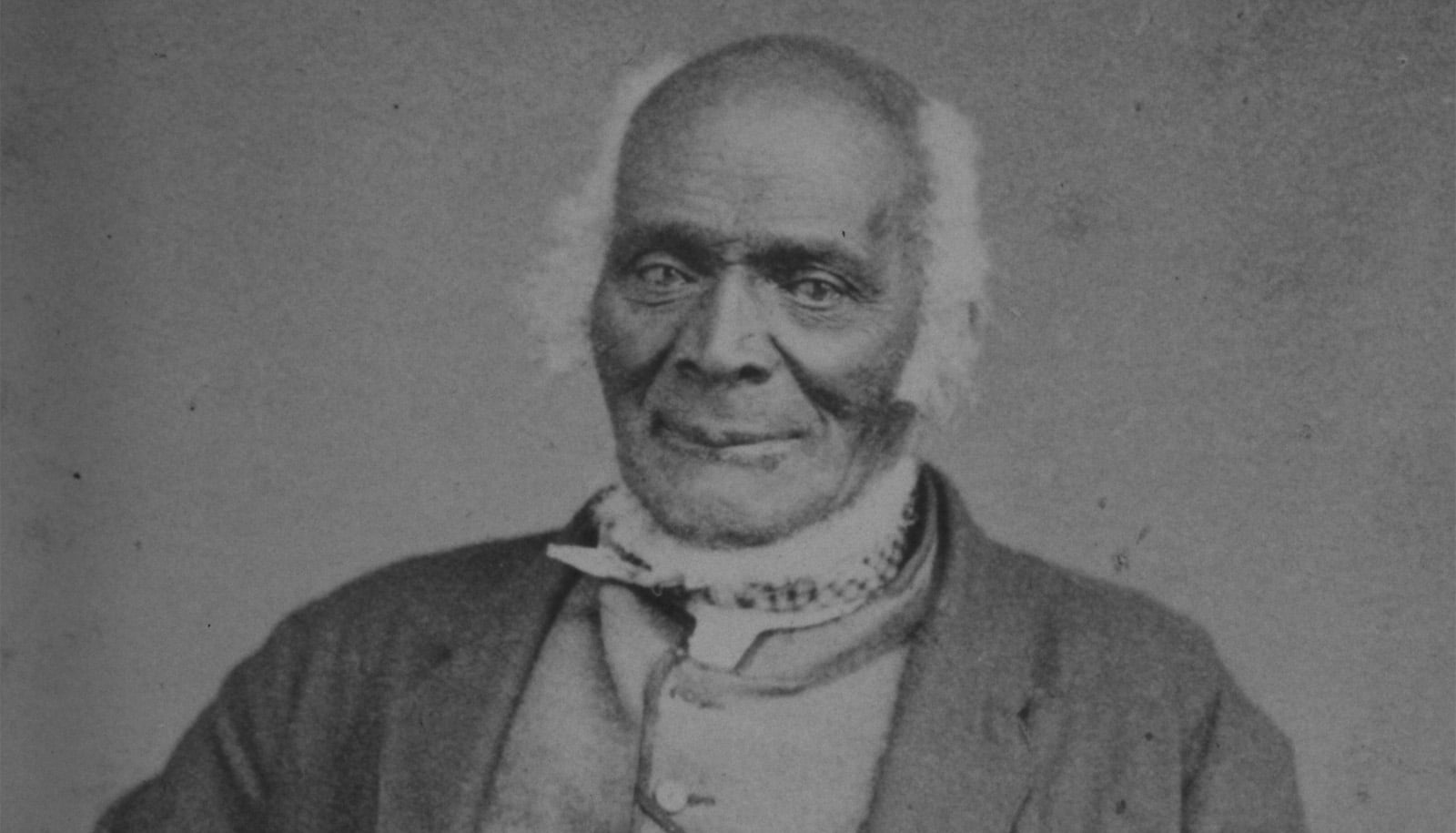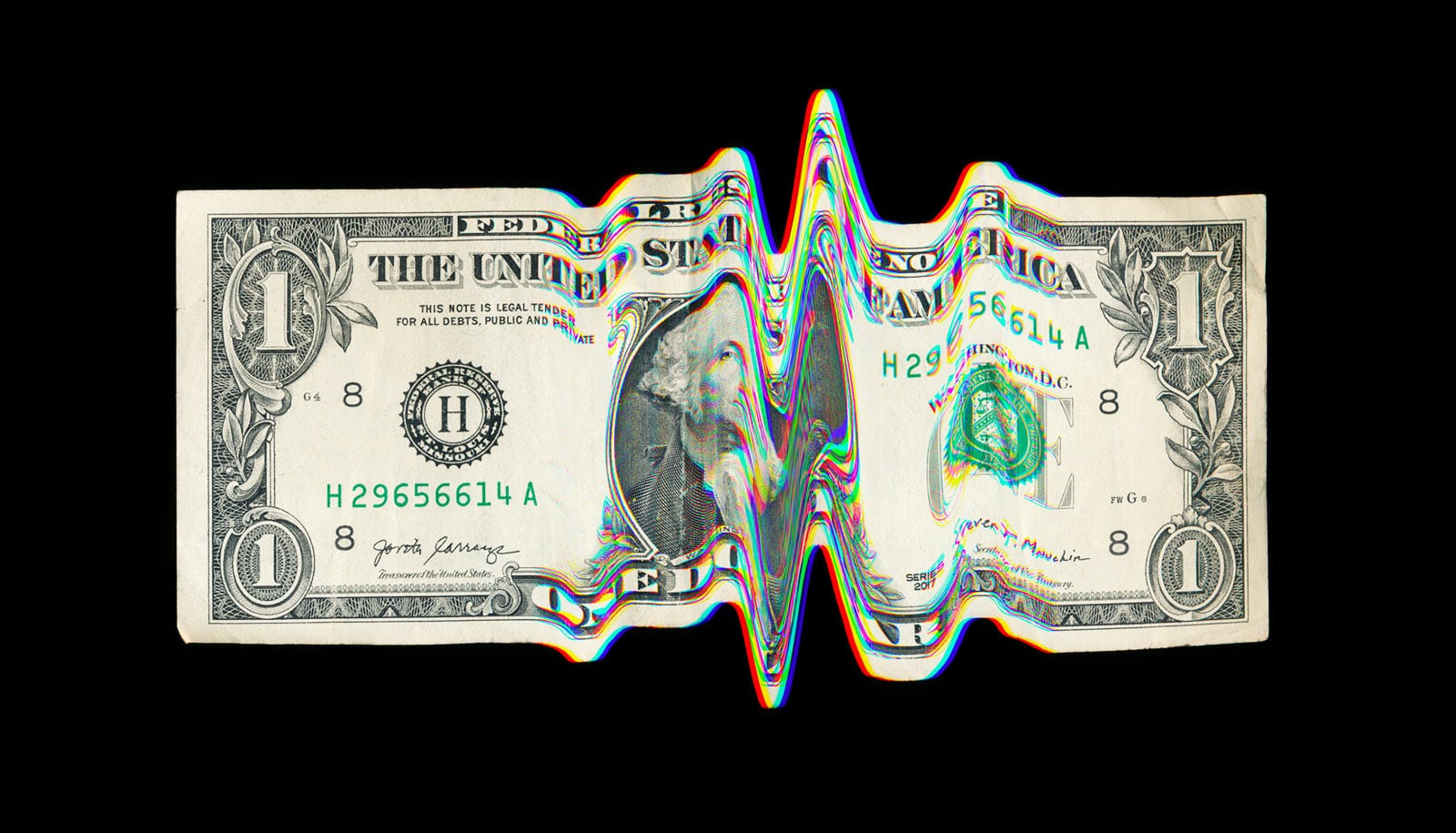“Critical race theory has become a locus for all sorts of political anxieties and cultural conflicts in American society,” says law professor Ralph Richard Banks.
Banks is professor of law at Stanford Law School, the co-founder and faculty director of the Stanford Center for Racial Justice, and professor, by courtesy, at the School of Education.
Here he discusses why critical race theory is in the spotlight and why legislators and parents are trying to control what students learn about it:
Many of the attempts to restrict teaching about race were prompted by critical race theory. What is critical race theory and why are people upset about it?
Critical race theory has become a locus for all sorts of political anxieties and cultural conflicts in American society. And when you think about it, critical race theory is really a convenient target because of those three words: critical race theory. The idea of “theory” generates opposition due to an anti-intellectual strain within American society that leads people to be not in favor of something that’s theoretical. The critical part is a problem that conflicts with strains of American culture and thought, and then the race part is a problem that gets people worked up. So it’s the perfect term. If you wanted to stir up anxieties about the changing nature of our country, about changing demographics, about how we understand ourselves as a nation, you could hardly have something better than critical race theory to do it with.
Most people don’t know anything about the content of critical race theory. If you were actually to ask them, “Well, what exactly do you mean by critical race theory?” they would quickly run out of accurate things to say. That’s just one of the paradoxes we’re living with.
Critical race theory is a jurisprudential concept taught to second- and third-year law students. How would you describe it to most people?
The Supreme Court decided Brown v. Board of Education of Topeka in 1954. The Court there famously declared that segregated education is inherently unequal. And the call was to dis-establish the system of segregation that prevailed throughout much of our nation.
Critical race theory is an effort to explain why 10 years after Brown, no desegregation had occurred. There were literally only maybe a handful of Black students who had been put into mixed-race schools 10 years later. How could it be that the Supreme Court says something is bad and wrong and unconstitutional yet it persists? Or more generally, you could ask: Why were we even at the point of having to decide Brown? How could it be that the slaves were freed in the prior century with the Emancipation Proclamation, the 13th Amendment, and the Reconstruction Amendments more generally, yet more than half a century later here we are with people who are still by any measure not free? Critical race theory is an effort to answer this question: How can we have so many gestures toward freedom but then still have a lack of freedom for the descendants of slaves?
How much confidence should society have in legislative and policy initiatives that promise racial justice?
One should be somewhat disillusioned because these debates we’re having now about police brutality were the same debates people were having in 1968 and 1972. These debates are actually in stark contrast to the optimism that most people brought to the struggle back in the day. When slavery ended, people thought there would be a real birth of freedom. When Thurgood Marshall won Brown v. Board of Education, he actually believed that the schools would become racially integrated. What would he say today, to see what is still pretty stark racial segregation not only on the basis of race but also on the basis of class?
What are parents and politicians protesting about critical race theory?
These controversies both are and are not about critical race theory. They are not about critical race theory in that many of the people who are up in arms could not define critical race theory, so they don’t really know what they’re opposing. In another way, it is about critical race theory because it has become a stand-in for a constellation of anxieties that people feel.
Some of those anxieties are related to broad changes in society—demographic changes, economic changes, the changing world economy, people’s worries about where they’ll fit in. Some of the worries that parents have are legitimate. For example, I do think that parents have a legitimate concern that young children might be indoctrinated to a certain viewpoint or made to feel like they’re to blame for the problems in society. And I think that white parents, frankly, are understandably concerned if they have a young child who’s in a class where a teacher wants them to identify as privileged and identify that they’re a part of the oppressor class. I think that’s a problem. And sometimes that does happen. People go a little too far with their rethinking of how education should occur.
What should schools teach about race?
We should be talking about systems and processes. We want children to have a critical perspective of American society and how we got here. But it’s hard to talk about systems and processes and it’s all too easy to lapse into talking about people and pigeonholing and categorizing people.
In the typical approach, the Black people got the short end of the stick and were viewed as the problem and deficient. Now, there are some people who want to flip the script and say, “Well now, the problem is the white people. They’re the racists who are causing the problems and if you are white, you are the racist, you are the problem and the one who’s maintaining the hierarchy.” I don’t know if that’s a productive or even accurate way to describe where we are.
What are other principles of critical race theory?
One is to highlight the ways in which racism has distorted democracy in ways that have harmed us all. There is white privilege, but to make white privilege central to how we think about race is seeming to be more and more misguided when we live in a country where the majority of white people would have trouble repairing their car if it breaks down, where the majority of white people are not sure how they would handle a major medical expense. So there are a lot of people out there who are white but who are actually not feeling especially privileged.
Some of the reaction to critical race theory reflects the popularity of Black Lives Matter and multiracial coalitions that oppose police violence and support an anti-racist movement. Is that more threatening to some people than a movement for racial justice that is almost exclusively non-white?
The Black Lives Matter protests were extraordinary. It was heartening to see so many people of all backgrounds recognizing the significance and pervasiveness of what is an American tragedy, so many lives taken at the hands of the state. The question about multiracial character, though, is, “What happens next?” When everyone was cooped up during the pandemic and people were quarantining, the protests seemed liberating. But the question is, “What do we do now? How do we reform policing and what role can regular people play in these processes?”
I think the anti-racism movement does leave people unsettled because we never have as a nation shown much sustained inclination to confront our history or even our present. And so the prospect of having lots of people of all races now calling for that confrontation will leave many people so uncomfortable that they may not be able to fully articulate the extent of their discomfort. Critical race theory gives them a target and a way to express some of this anxiety.
Some of the more extreme statements about race come from white allies of Black Lives Matter. Is it unsettling for a white person to see someone of his or her own race using terms such as “white privilege” so frequently?
We’re accustomed to hearing those charges from across the divide. But once you have that from someone on your own team, that could seem destabilizing. And the question that this raises is: “How do we not lapse into all of these performative instances of racial justice and invocations of white privilege? How do we move beyond that and actually make changes in society?” We have a society where police officers have extraordinary leeway and are rarely held accountable for wrongdoing. We have a society that’s awash in guns and extraordinarily violent. We have a society where the quality of education your children receive depends on where you live. We have lots of challenges. The question is: “How do we go from this individual awakening to these problems to some sort of real transformation?”
Are these questions among those that Stanford’s new Center for Racial Justice, which you’re co-directing, is addressing?
The Stanford Center for Racial Justice is a new undertaking rooted in Stanford Law School but serving the university. Its goal is connecting the myriad resources of Stanford University, the research capabilities, the intellectual capital, the convening power, the brand, to problems out in the society. The motivation is the recognition that racism both historical and current not only hurts people of color but actually undermines democracy. Our goal is to democratize knowledge about how to attack the toughest racial problems.
We need to focus on that democratization of knowledge because we have too much ignorance and too much certainty. The ignorance is that people don’t know what the problems are. They’re unaware of our history and how it informs the present. They’re unaware of the dynamics that predictably lead to undesirable outcomes. But people also have too much certainty about what to do. And we see that with the polarization in which people think they’re certain that they know what to do and the problem is only those people on the other side. That’s actually re-creating the problem.
We need to be dedicated to research. We need to be dedicated to knowledge production and dissemination. We need to genuinely be committed to the core of the University’s mission to serve society. And only by doing that can we undermine both ignorance and certainty, which have been in parallel so much.
Source: Stanford University



